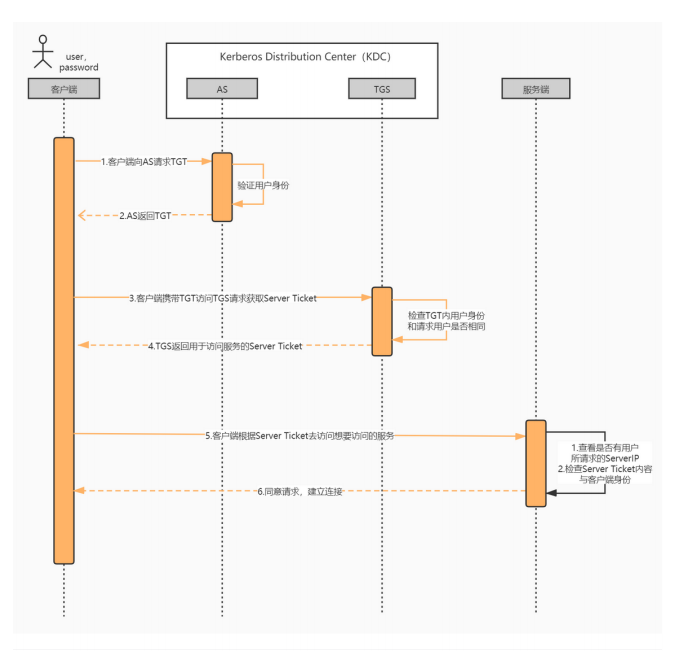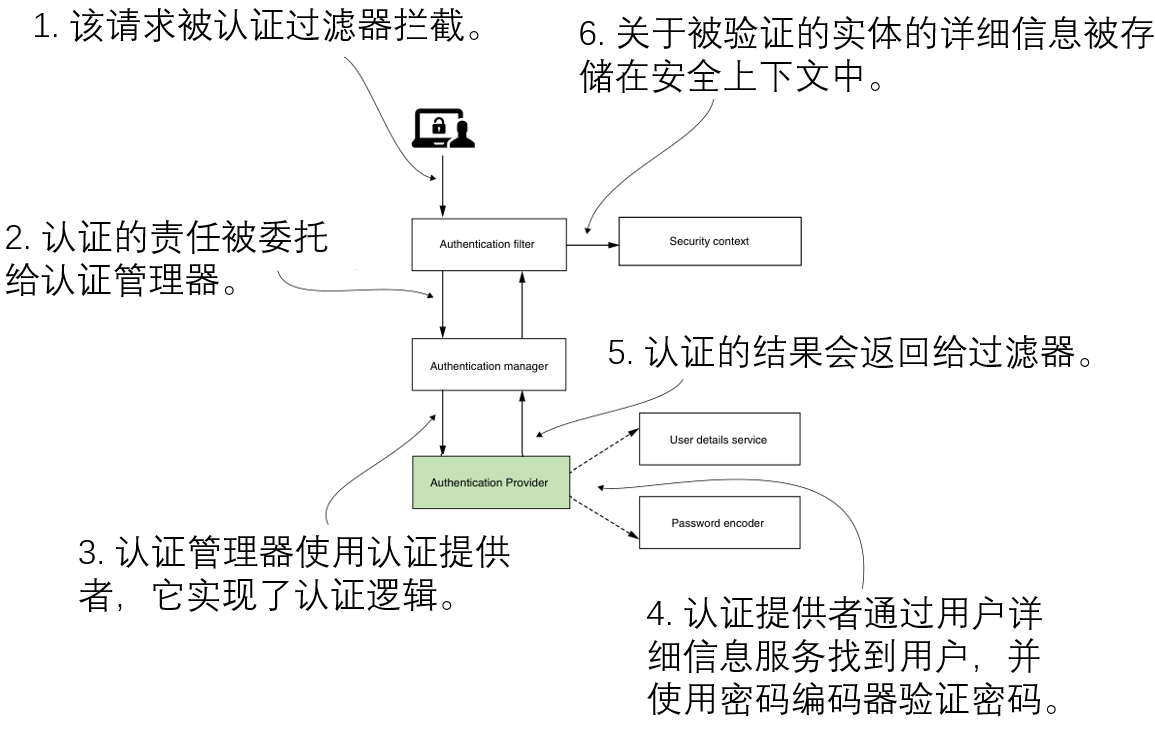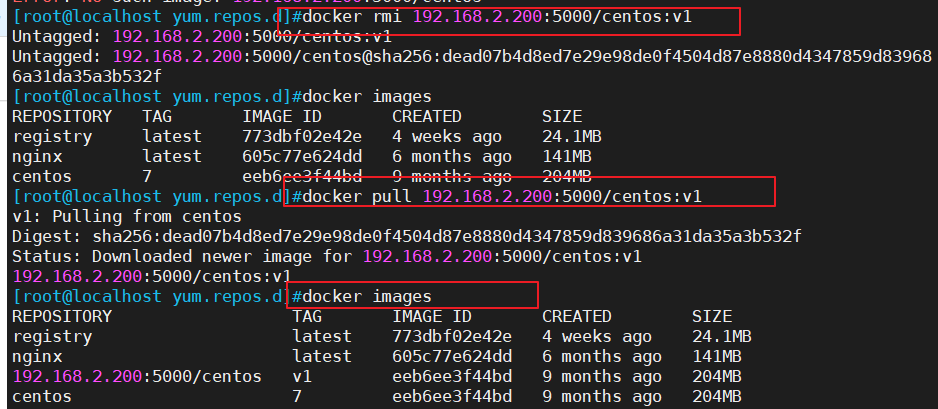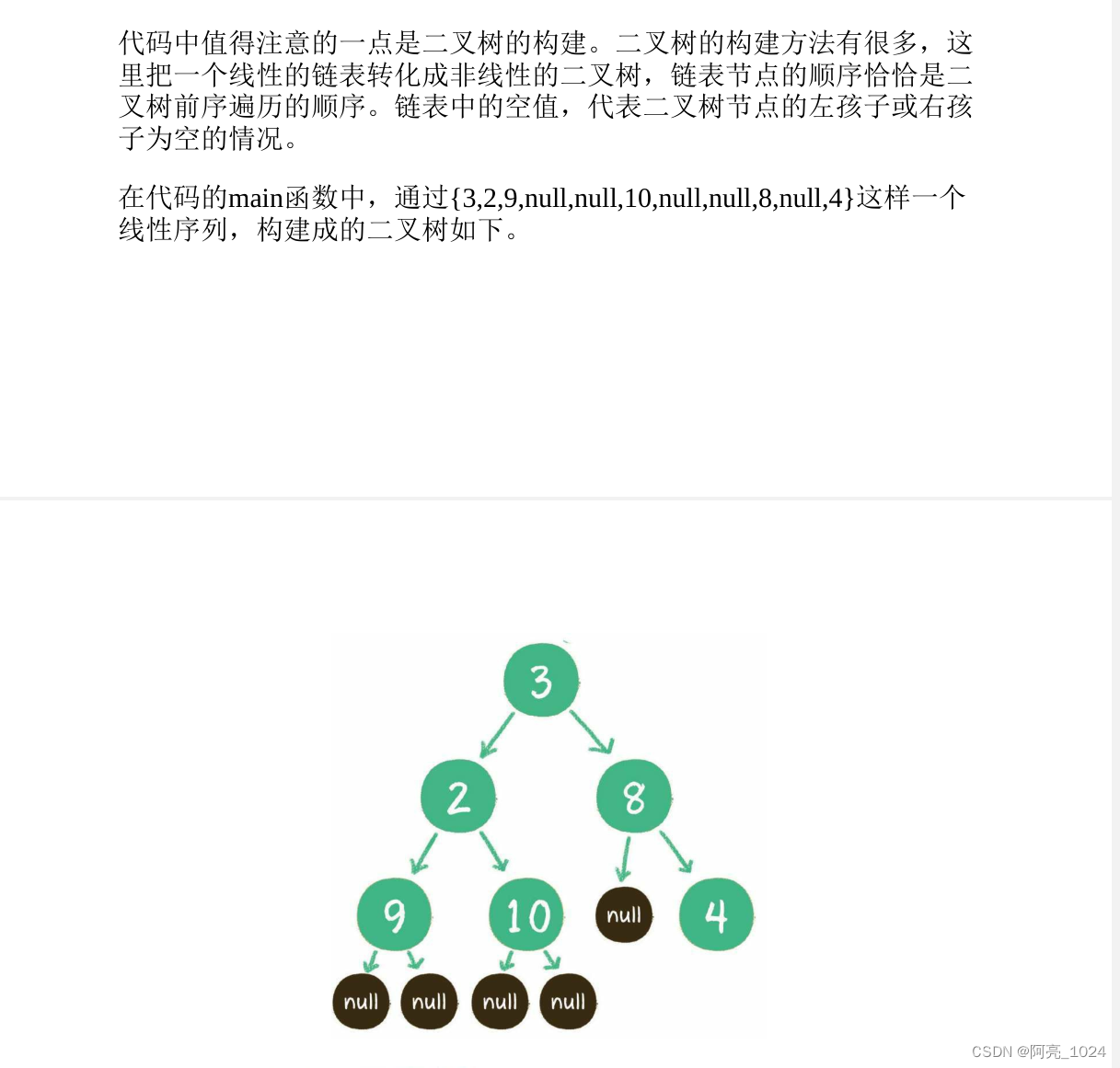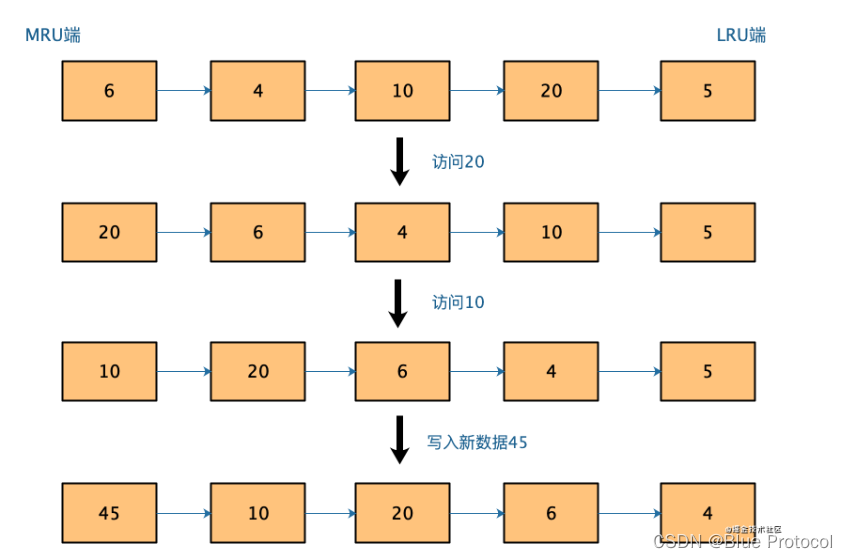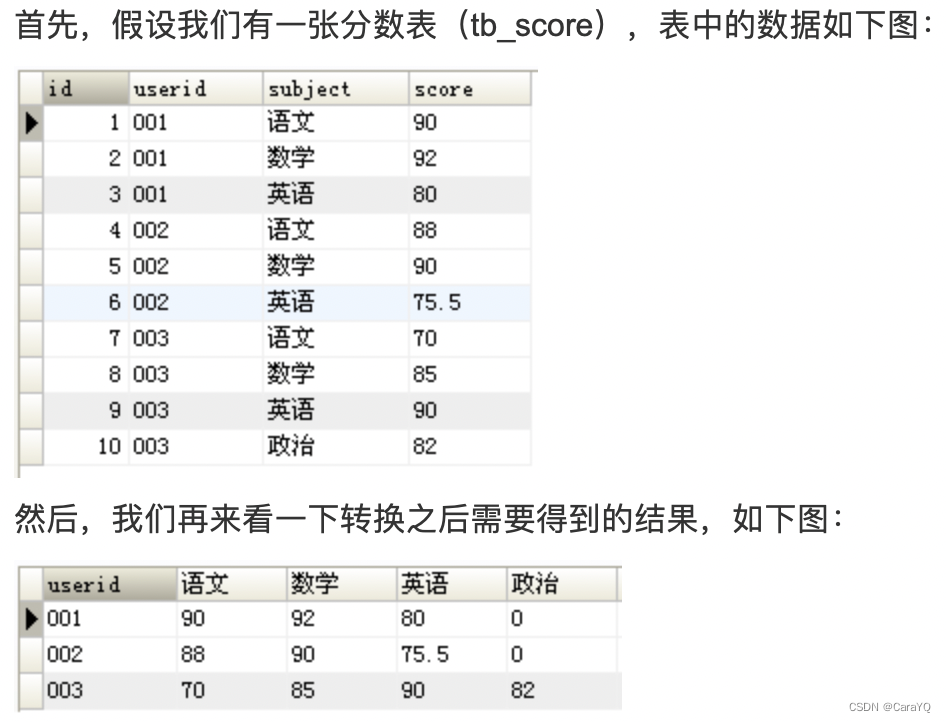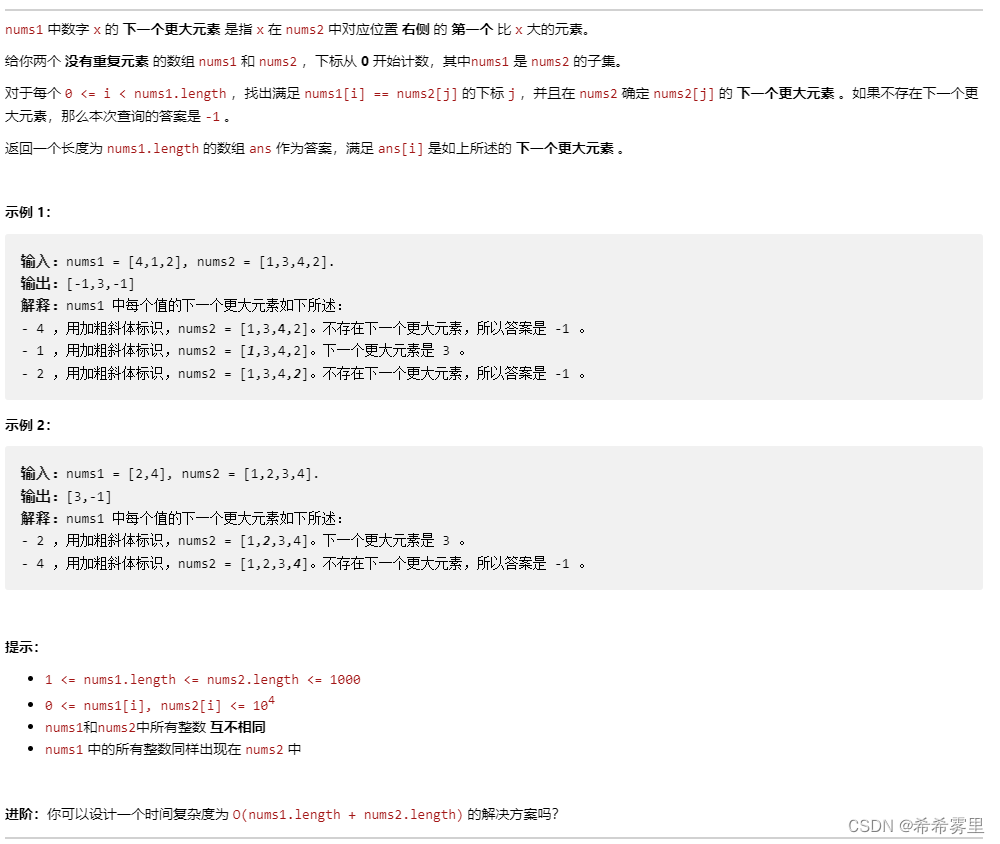【Java开发笔记】线程池
线程池 ThreadPoolExecutor 的七大核心参数:
- 核心线程数
corePoolSize - 最大线程数
maxinumPoolSize - 超过核心线程数的闲余线程存活时间
keepAliveTime - 存活时间单位
unit:keepAliveTime - 任务队列(阻塞队列)
workQueue - 生成线程池中工作线程的线程工厂
threadFactory - 拒绝策略
handler

1 线程池扩容流程概述
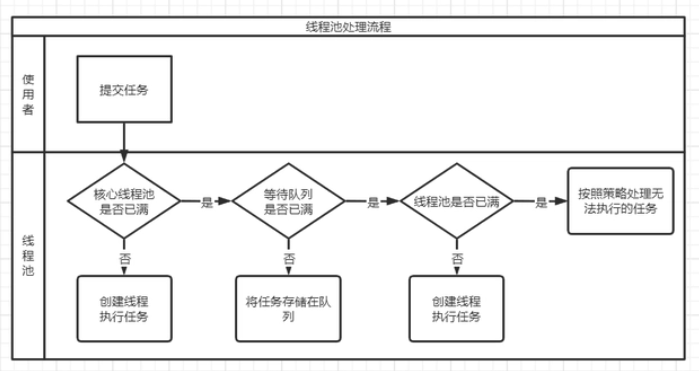
- 当线程池创建完成后,池内的线程数量为 0 ,这是因为采用了 懒加载 机制。
- 当一个任务通过
submit()或execute()方法提交到线程池后:- 如果当前池中线程数(包括闲置线程)小于
corePoolSize,则创建一个新线程执行任务 - 如果当前线程池中的线程数已经达到了
corePoolSize,则将任务放入等待队列 - 如果任务队列已满,则任务无法放入等待队列。此时如果线程池中线程数量小于
maxPoolSize,则创建一个临时线程执行任务,临时线程数量 = 最大线程数 - 核心线程数 - 如果当前池中线程总数已经等于
maxPoolSize,此时无法执行该任务,触发拒绝策略进行处理
- 如果当前池中线程数(包括闲置线程)小于
- 当线程池中线程数量大于
corePoolSize后,超过keepAliveTime时间的闲置线程会被回收掉,回收的是非核心线程(即临时线程),核心线程一般是不会被回收的。如果设置allowCoreThreadTimeout(True),则核心线程数也会被回收。
2 线程池的拒绝策略
2.1 什么时候会触发拒绝策略?
有两种情况:
- 当我们调用
shutdown等方法关闭线程池后,如果再向线程池内提交任务,则会遭到拒绝 - 线程池没有空闲线程(即线程数量达到
maxPoolSize并且都在执行任务),并且任务队列已满,则会遭到拒绝
2.2 有哪些拒绝策略?
AbortPolicy(默认)
直接抛出异常,中断程序执行
这种拒绝策略在拒绝任务时,会直接抛出一个类型为 RejectedExecutionException 的 RuntimeException,让你感知任务被拒绝了,于是便可根据业务逻辑选择重试或者放弃提交策略。
public static class AbortPolicy implements RejectedExecutionHandler {
/**
* Creates an {@code AbortPolicy}.
*/
public AbortPolicy() { }
/**
* Always throws RejectedExecutionException.
*
* @param r the runnable task requested to be executed
* @param e the executor attempting to execute this task
* @throws RejectedExecutionException always
*/
public void rejectedExecution(Runnable r, ThreadPoolExecutor e) {
throw new RejectedExecutionException("Task " + r.toString() +
" rejected from " +
e.toString());
}
}
DiscardPolicy
直接丢弃,不抛异常
这种拒绝策略在拒绝任务时,直接丢弃,不会给任何通知,相对而言有一定风险。因为我们对任务丢弃是无感的,可能会造成数据丢失。
public static class DiscardPolicy implements RejectedExecutionHandler {
/**
* Creates a {@code DiscardPolicy}.
*/
public DiscardPolicy() { }
/**
* Does nothing, which has the effect of discarding task r.
*
* @param r the runnable task requested to be executed
* @param e the executor attempting to execute this task
*/
public void rejectedExecution(Runnable r, ThreadPoolExecutor e) {
}
}
DiscardOldestPolicy
丢弃任务队列中最老的节点
丢弃 任务队列 中的头节点。通常是存活时间最长的任务,它也存在一定的数据丢失风险。
public static class DiscardOldestPolicy implements RejectedExecutionHandler {
/**
* Creates a {@code DiscardOldestPolicy} for the given executor.
*/
public DiscardOldestPolicy() { }
/**
* Obtains and ignores the next task that the executor
* would otherwise execute, if one is immediately available,
* and then retries execution of task r, unless the executor
* is shut down, in which case task r is instead discarded.
*
* @param r the runnable task requested to be executed
* @param e the executor attempting to execute this task
*/
public void rejectedExecution(Runnable r, ThreadPoolExecutor e) {
if (!e.isShutdown()) {
e.getQueue().poll();
e.execute(r);
}
}
}
CallerRunsPolicy(推荐)
当前线程处理不了,回调主线程,让主线程处理任务
当有新任务提交后,如果线程池没有被关闭且没有能力执行,则把这个任务交于提交任务的线程(主线程)执行。也就是谁提交任务,谁执行。主线程在处理任务时,可以为线程池腾出时间,如果此时有新的空闲线程,那么可继续协助主线程处理任务。
public static class CallerRunsPolicy implements RejectedExecutionHandler {
/**
* Creates a {@code CallerRunsPolicy}.
*/
public CallerRunsPolicy() { }
/**
* Executes task r in the caller's thread, unless the executor
* has been shut down, in which case the task is discarded.
*
* @param r the runnable task requested to be executed
* @param e the executor attempting to execute this task
*/
public void rejectedExecution(Runnable r, ThreadPoolExecutor e) {
if (!e.isShutdown()) {
r.run();
}
}
}
自定义拒绝策略
实现 RejectedExecutionHandle 接口来实现自己的拒绝策略。
3、Spring内置的线程池
我们实际开发中更多的是使用 SpringBoot 来开发,Spring 默认也是自带了一个线程池方便我们开发,它就是 ThreadPoolTaskExecutor,ThreadPoolTaskExecutor 是对 ThreadPoolExecutor 进行了封装处理。
// 获取线程池中当前线程数
int poolSize = threadPoolTaskExecutor.getThreadPoolExecutor().getPoolSize();
System.out.println("当前线程数量" + poolSize);
// 当前压入队列的任务数
int size = threadPoolTaskExecutor.getThreadPoolExecutor().getQueue().size();
System.out.println("当前压入等待队列的线程数量" + size);
// 获取当前的活跃线程数(正在处理任务线程)
int activeCount = threadPoolTaskExecutor.getThreadPoolExecutor().getActiveCount();
System.out.println("当前活跃线程数" + activeCount);
// 获取当前完成的任务数
long completedTaskCount = threadPoolTaskExecutor.getThreadPoolExecutor().getCompletedTaskCount();
System.out.println("完成任务数" + completedTaskCount);
// 获取总任务数
long taskCount = threadPoolTaskExecutor.getThreadPoolExecutor().getTaskCount();
System.out.println("总任务数" + taskCount);
4、线程池参数设置原则
4.1 线程数量
设置多少个线程数量通常是根据应用的类型进行设计:
-
IO密集型:
2n+1,n为 CPU 核数。在开发中较为常见,如 mysql 数据库的读写、文件的读写、网络通信等任务。这些任务不会特别消耗 CPU 资源,但 IO 操作比较耗时,会占用较多时间。
-
CPU密集型:
n+1,n为 CPU 核数场景如解密、加密、压缩、计算等。
可以通过下面 api 查看当前服务器的 CPU 核数:
int core = Runtime.getRuntime().availableProcessors();
4.2 无界队列
实际运行中,我们一般会设置线程池的阻塞队列长度,如果不设置,ThreadPoolTaskExecutor 用默认值:
private int corePoolSize = 1;
private int maxPoolSize = Integer.MAX_VALUE;
private int keepAliveSeconds = 60;
private int queueCapacity = Integer.MAX_VALUE;
注意:不能设置队列长度过大,否则可能会造成内存溢出(OOM)的错误!
所以,禁止使用默认的队列长度!!!
